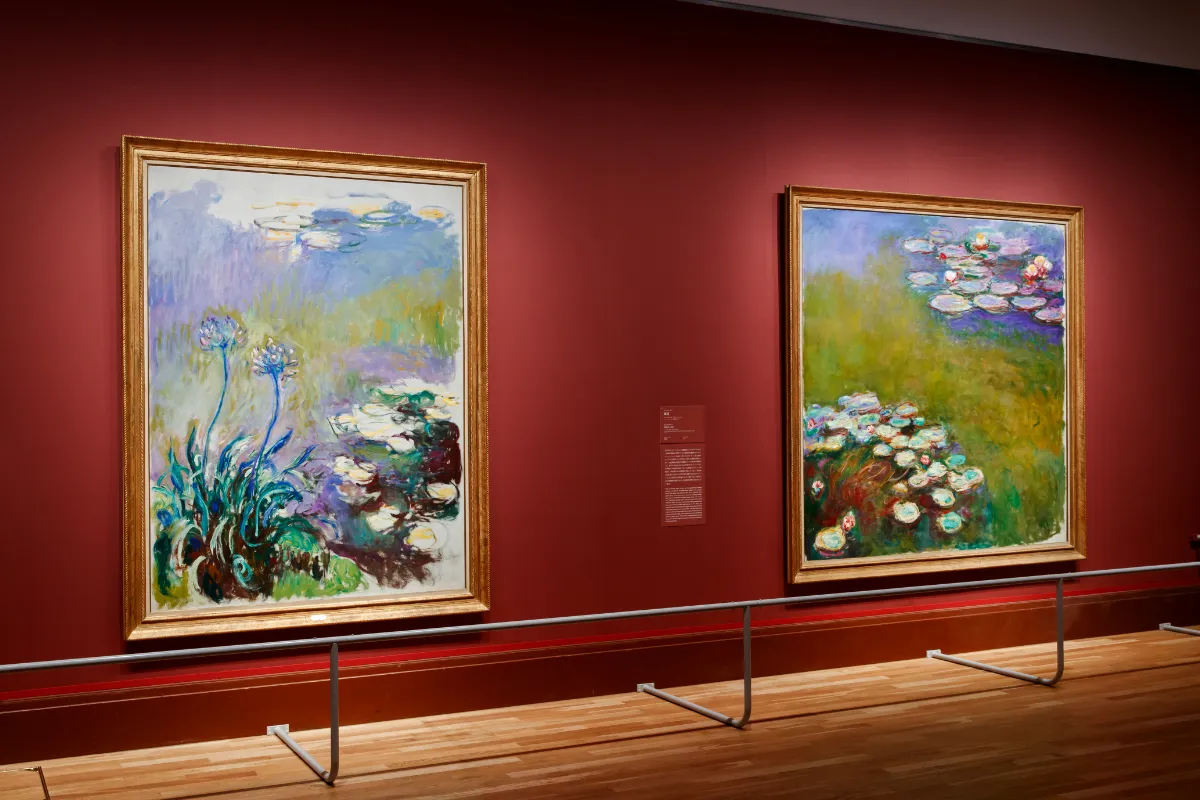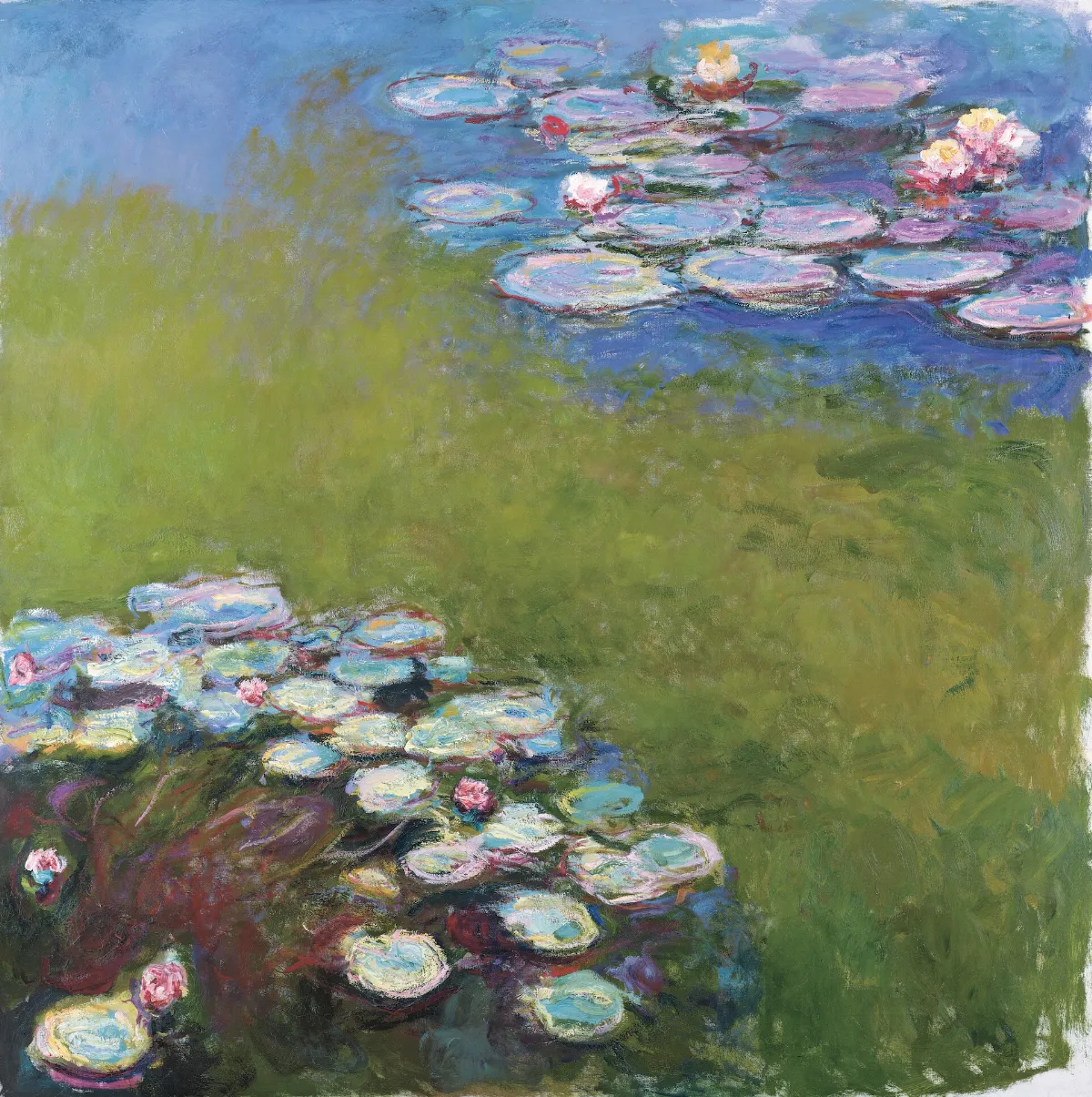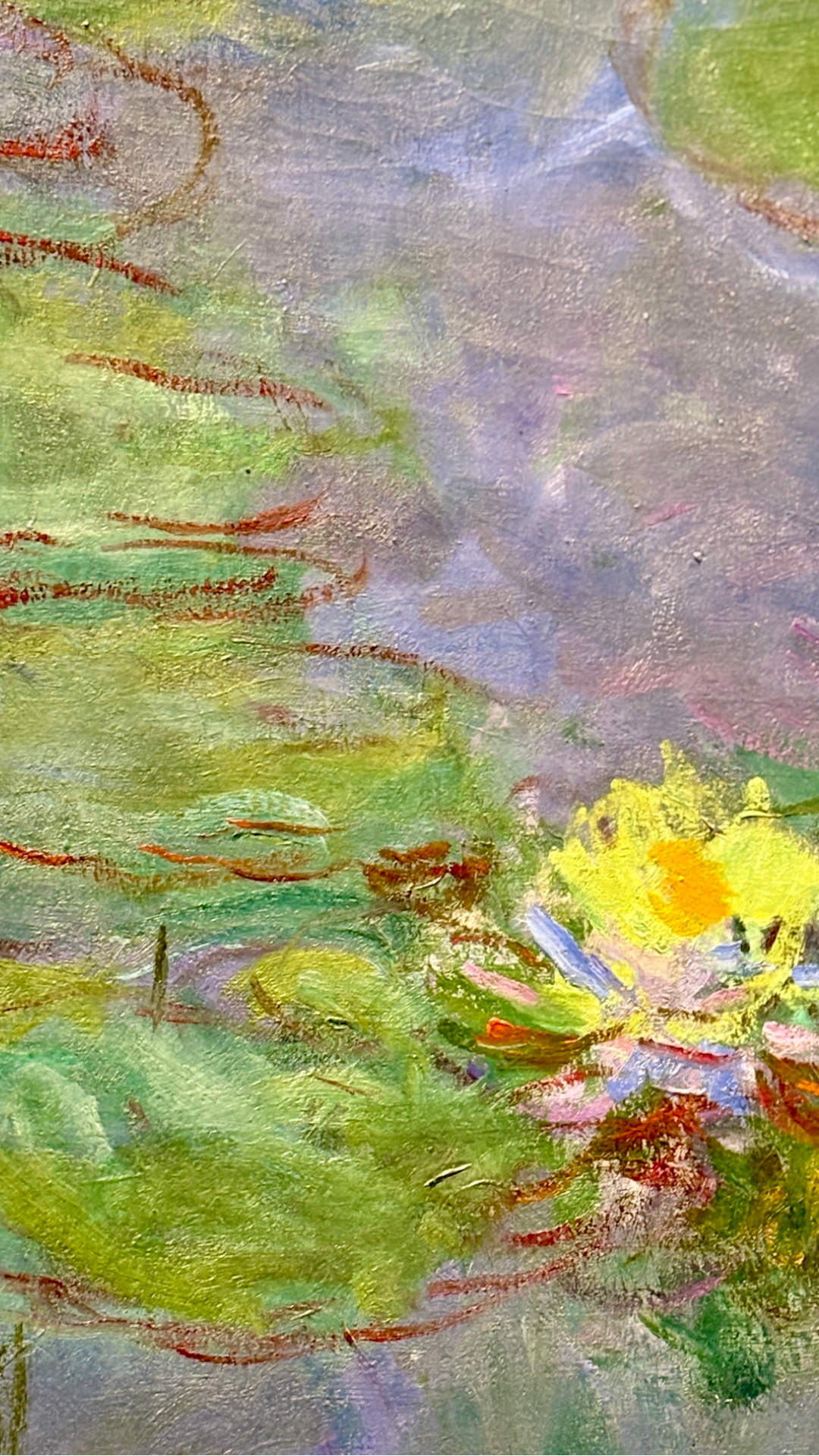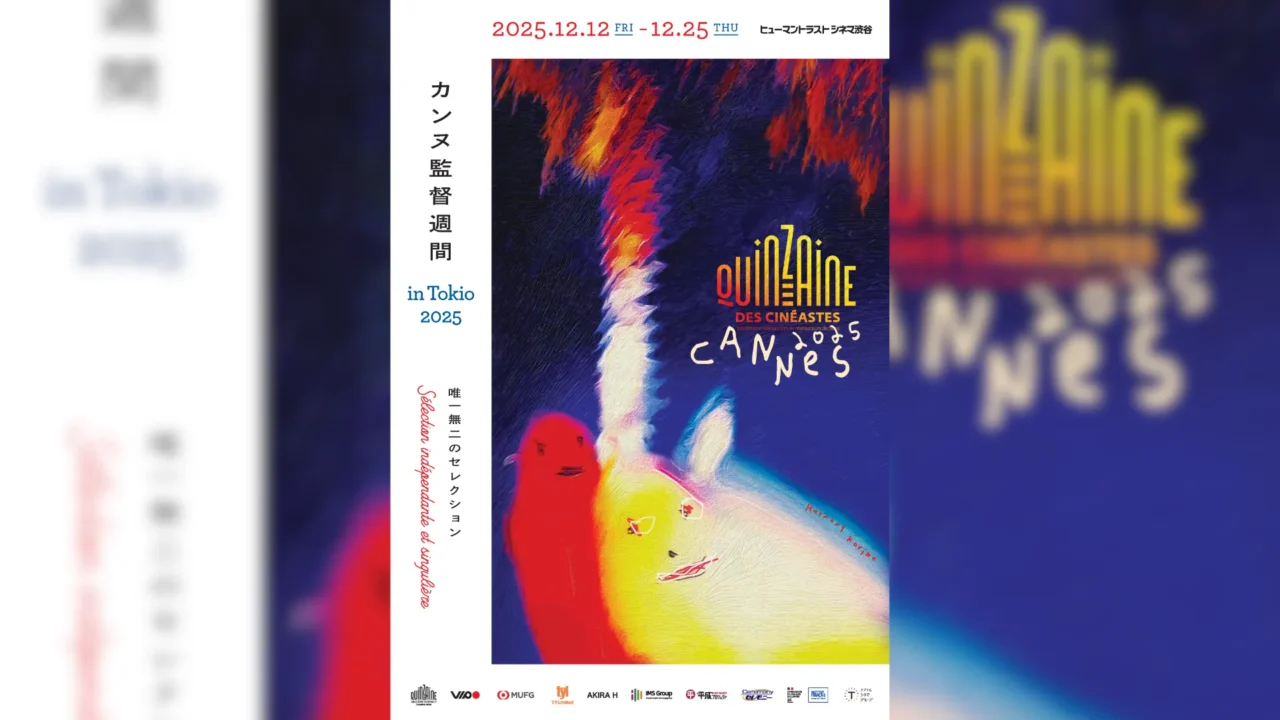INDEX
Monet’s Floral Paintings Beyond the Water Lilies

Chapter 2, “Water and Floral Decorations,” showcases Monet’s works featuring flowers by the water’s edge. Notably, two preparatory studies of wisteria flowers stand out. These were initially intended to be part of the “Grand Décor” project as friezes (long horizontal decorative bands) at the top, though they were later abandoned.
The “Grand Décor” was a grand project in which Monet envisioned large panels depicting the water lily pond, designed to cover the walls of an oval room. This project became one of Monet’s greatest passions in his later years. In today’s terms, it might be called an “installation: Water Lilies.” Looking back, Monet could be seen as a pioneer of immersive art experiences, a concept now widely popular. After Monet’s death, his vision was realized at the Orangerie Museum in Paris, where the special exhibition rooms were created.

Personally, the two “Wisteria” pieces were the most striking to me in the exhibition. Seeing them in photos might not do them justice, but the light purple mist that appears to have been the final layer, swaying gently, almost seems to sing. It has a vibrant and mysteriously rhythmic quality, reminiscent of the “golden clouds” often seen in traditional Japanese painting. Although the wisteria frieze was never completed, I can imagine it would have brought immense happiness to many had it been realized.

On the other hand, this piece would undoubtedly win the “Must-See in Person” award. The green band that flows diagonally across the painting, said to represent the twilight light, was described by critics as resembling “melted gold.” When I read this explanation in the exhibition, I agreed wholeheartedly, but when I later saw the image of the painting, I was shocked. It only looked green to me… Where did the water lily I saw that day go? I searched the catalog, looked it up online, but I couldn’t find it anywhere! It left me with a feeling of helplessness. Among all the emotions that art evokes, the impact of color is especially fleeting. The artwork I saw created an image within me in that very moment and place, and it only exists there. I realized this simple truth: even though Monet’s works are so familiar and abundant in my mind, the emotional experience born from viewing them only exists in that specific encounter.






















